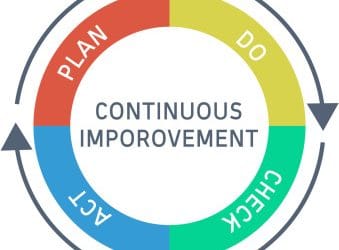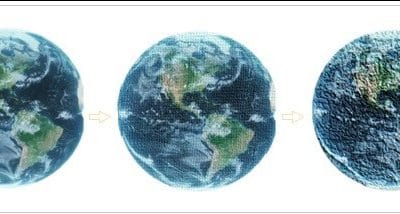In today’s data-driven world, Geographic Information Systems (GIS) have become essential tools for understanding spatial patterns and solving complex problems. But what happens when you combine the power of GIS with a versatile programming language like Python? You get an unstoppable duo that opens up a world of possibilities in automation, spatial analysis, and geospatial intelligence.
Whether you’re a geospatial analyst, developer, or data enthusiast, integrating GIS with Python can take your spatial workflows to the next level. In this post, we’ll explore how Python enhances GIS capabilities, popular Python libraries for GIS, and real-world applications of this integration.
Why Integrate GIS with Python?

Traditionally, many GIS operations were done using desktop software like ArcGIS or QGIS, which, although powerful, often involve repetitive manual tasks. Python brings automation, scalability, and customization to the table. Here’s what you gain: Automate workflows (e.g., batch processing of shapefiles or satellite imagery), Perform advanced spatial analysis, Build custom geospatial applications, Integrate GIS data with web services and APIs, Work with massive datasets efficiently.
Popular Python Libraries for GIS

Here are some of the top Python libraries that enable GIS and spatial analysis:
1. Geopandas: It makes working with geospatial data in Python as easy as using pandas, it reads and writes shapefiles, GeoJSON, and more, it also perform spatial joins, buffering, and projections.
2. Shapely: It is used for geometry operations and spatial manipulations, it also create, manipulate, and analyze planar geometric objects.
3. Rasterio: It works with raster data (satellite images, elevation models), it also reads/writes raster files (GeoTIFF), reproject rasters, and analyze pixel values.
4. Fiona:It Handles vector data input/output, it easily read/write data formats supported by GDAL.
5. Pyproj: Uses coordinate system transformations, it also convert coordinates between different spatial references.
6. ArcPy (for ArcGIS users): Uses proprietary Python site package from Esri, it also Automate ArcGIS workflows and tools.
7. QGIS Python (PyQGIS)
Real-World Use Cases
Here are a few practical examples of how GIS and Python are used together:
1. Batch Processing Shapefile: Automate the conversion, clipping, and merging of multiple shapefiles using Geopandas.
2. Agricultural Monitoring: Calculate NDVI from satellite imagery using Rasterio and NumPy to monitor crop health.
3. Web Mapping Applications: Use Folium or Dash to create interactive web maps that display real-time data.
4. Flood Risk Mapping: Integrate elevation models with land use data to identify flood-prone areas.
5. Route Optimization: Use OSMNX and NetworkX to find optimal routes for delivery services or emergency response.
Integrating GIS with Python is no longer optional—it’s essential for anyone serious about geospatial data. Whether you’re analyzing satellite imagery or building a web GIS app, Python supercharges your GIS capabilities. Start small with libraries like Geopandas and gradually explore more powerful tools. With Python in your toolkit, your only limit is your imagination.


































































































